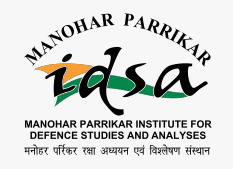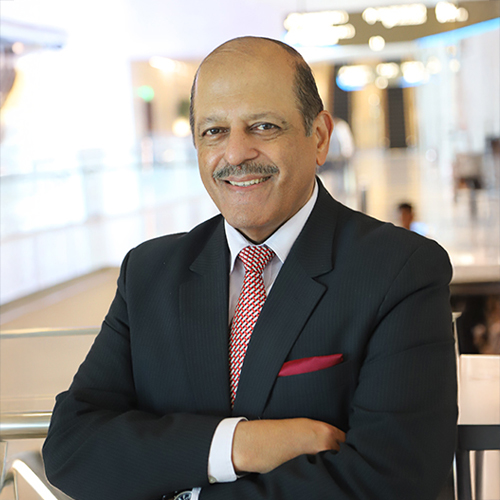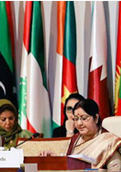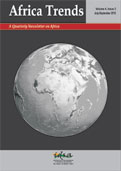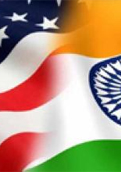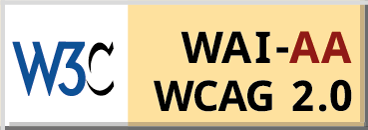Pakistan’s minority problem
Director General, IDSA, Amb. Sujan R. Chinoy’s article on Pakistan’s reaction to National Register of Citizens (NRC), titled ‘Pakistan’s minority problem’ has been published in ‘The Hindu’ on September 04, 2019.
Instead of vilifying India, Prime Minister Imran Khan should first set his house in order, writes Amb. Sujan R. Chinoy.
